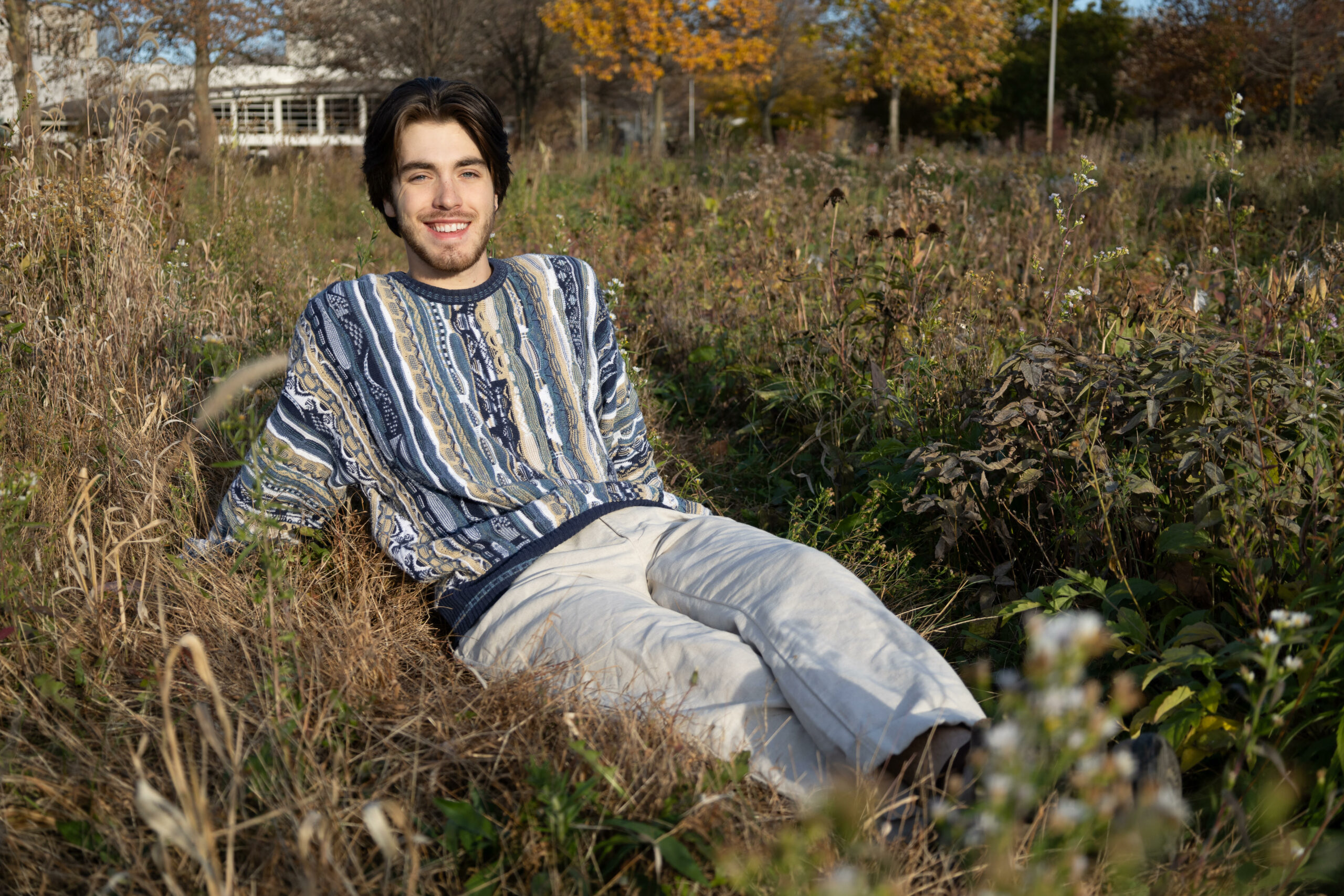I have seen people in environmental science tend to suggest simple, elegant solutions to food insecurity, the climate crisis or division within society. They describe organisms working together as an example of a more resilient way for humans to live, or the indigenous agriculture methods of terracing as a way to cure the problems associated with agriculture in the U.S.
While there are certainly lessons to learn from these examples, I have seen them presented as a romanticized “fix-all” solution to enormous problems. We are so desperate for easy answers that we fail to acknowledge the ecological and societal complexities that require unique and creative ideas.A recent example of this sentiment is Suzanne Simard’s Ted Talk “How trees talk to each other” from 2016. Simard described the way diverse forests of trees communicate through root connections, suggesting that “trees don’t compete at all. In fact, they collaborate.”
She described the mycorrhiza connections between trees — small, fungal threads that connect onto the roots of trees and trade nutrients from the soil for carbon. She suggested that trees are sharing resources with other tree species in an attempt to build the strength of the forest, and that the strongest trees will help the weakest trees to create a resilient ecosystem.
This highlights the sentiment I’m referring to — that nature is a place where plants and animals choose to help each other out of kindness. The talk concludes with thoughts on how “trees and forests are models for us, for human beings,” suggesting that humanity should strengthen its community and cooperate like the trees do.
While it is an inspiring image that I enjoyed, it is not an accurate representation of the ecology at play. There has been pushback against Simard’s analysis as it misrepresents the ecology behind mycorrhiza connections. Evidence that trees are purposefully distributing nutrients in a meaningful way is lacking; they are not the “supercooperators” we want them to be.
Personifying forests and romanticizing nature detracts from the real ecological picture — trees are cooperating to compete.
Other mutualisms work the same way: they happen out of an effort to survive. Fungi share nutrients with the trees because they need carbon in return. The trees are distributing nutrients because of chemical reactions that help them grow. Perhaps this contributes to a more resilient ecosystem; the scientific evidence is not concrete, but it is happening because of competition — not cooperation.
These stories of plants and animals cooperating are abundant these days, presented as a feel-good model for how humans should act. However, the real reason life cooperates is for competition. Ants protect acacia trees by warding off hungry elephants — how beautiful. Really, the ants are on the acacia trees because there is food and shelter for them. They bite and fight off elephants because they are a threat to the ants’ lives, not because they care about the tree.
Humans, too, cooperate with each other to compete. It is a cynical view of human nature, but it is a view that we do not address enough. Humans and living things are a part of evolution, and evolution is driven by competition.
I have heard many people cite the environmental management practices from other cultures and question why the U.S. can’t do the same things to address climate change. My peers will bring up earth bunds and terraces used historically in Mexico, or the spiritual emphasis on soil in Chinese cultures, and propose them as the answer to problems in the U.S. While these examples are certainly useful, our unique circumstances mean they are not as perfect as people suggest.
Terrace farming, for example, has been used for thousands of years to support indigenous societies. I have heard them offered as a solution to the environmental strain of agriculture in the U.S. without addressing the maintenance they require, often resulting in more soil erosion.
I believe the complexity and scale of climate change drives people’s fear, which makes all of us more vulnerable to believing in these simple solutions. There are lessons to be learned from other cultures, but we must acknowledge the new ecological and cultural factors at play when looking for answers.
Human history is woven into the story of ecology and evolution. Our lives rely on nature and we act in competitive ways to survive. Cooperating to fight against climate change is competing for survival. This is an important recognition, because it encourages humility in our view of humanity. We are a part of the constantly changing system of evolution — imitating trees or adopting solutions from other societies will not be the way forward.
It’s easier for us to believe that everyone else figured it out and the U.S. is lagging behind, than the more nuanced reality that neither indigenous nor western lifestyles will be the magic solution against climate change.




